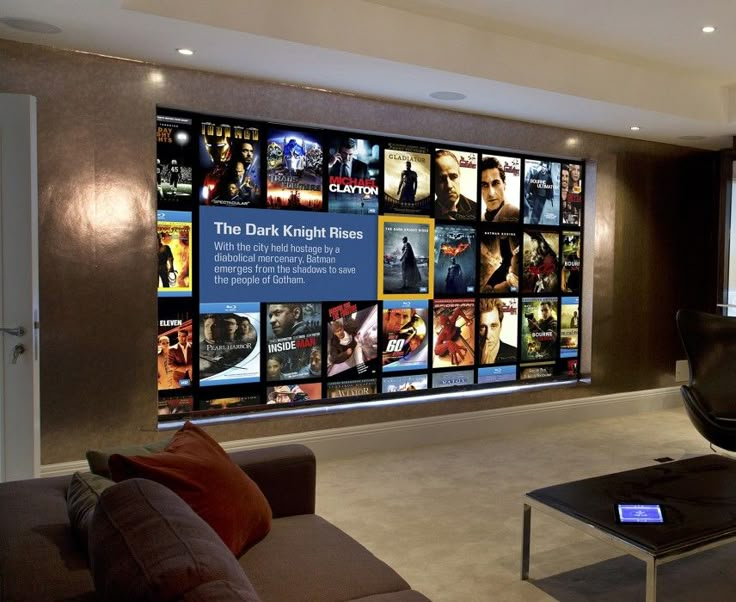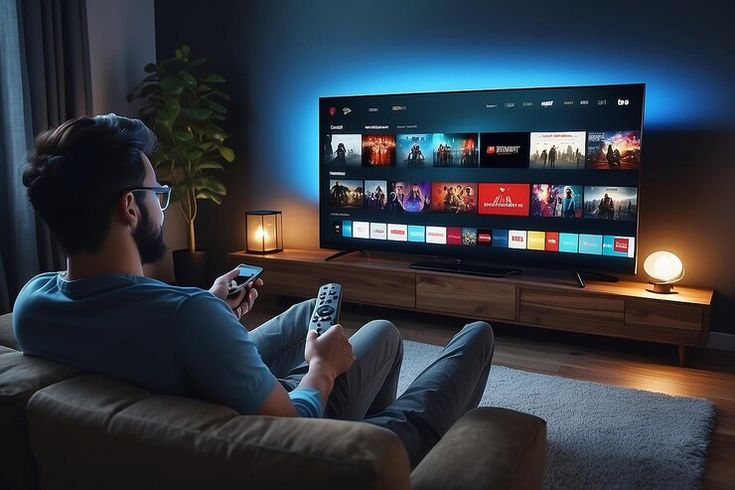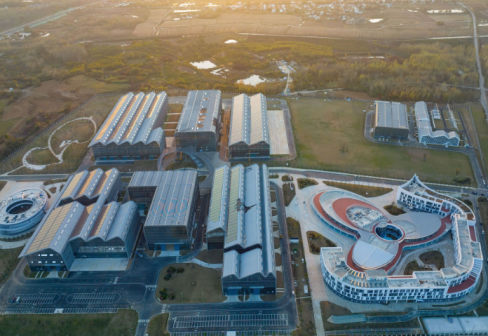Why does your TV look more like a window?
In the hustle and bustle of the digital world, we are used to being surrounded by various screens, from fingertip mobile phones to wide cinema screens. However, there is a screen that stands quietly in the center of the living room, witnessing the laughter of the family, and that is TV. Over the years, the evolution of TV seems to be taken for granted, but if we jump out of the familiar parameters such as pixels and resolution and go deep into the smaller technological changes behind it, we will find some truly amazing progress.

The latest trend of TV technology is not so much to "see" more clearly as to "experience" more realistically. The core of this transformation lies in how to simulate the visual effects of natural light and the real world. When we talk about the picture quality of TV, we usually pay attention to HDR technology, that is, high dynamic range. However, the real breakthrough is not a simple brightness improvement, but a finer control of light, just like a sculptor's shaping of light and shadow.
In this subdivided wave of technology, the most striking thing is the rise of Mini LED technology. Different from the traditional LCD backlight, Mini LED densely arranges tens of thousands of tiny LED beads behind the screen to form a more precise backlight partition. This enables TV to achieve unprecedented local dimming ability. In the same picture, it can not only show the darkness that is almost dull, but also shine dazzling light. For example, in the night sky, each star can have its own independent light source, which avoids the "halo" phenomenon caused by the floodlight of the traditional LCD screen. This precise light control makes the contrast and details in the picture get a qualitative leap, as if not looking at a two-dimensional image, but staring at a three-dimensional world.
Complementing Mini LED is the continuous evolution of quantum dot technology. Quantum dots, these tiny nanocrystals, like magicians, can transform light into pure and saturated colors. With the help of Mini LED backlight, quantum dot technology can maximize its potential. When the backlight accurately shines on the quantum dot film in a specific area, TV can generate an unprecedented wide color gamut, showing colors that are difficult to capture in nature, such as the gorgeous sunset glow at sunset or the green leaves in the tropical rain forest. The purity and richness of this color make the picture no longer a simple superposition of colors, but a transmission of emotions and atmosphere.

If Mini LED and quantum dot technology are TV sets making a fuss about "painting", then some more forward-looking technologies are making a fuss about "screen" itself. For example, in the high-end field, we have seen some OLED TVs using microlens array (MLA) technology. MLA adds a tiny convex lens to the OLED panel, which redirects the light that would have been lost inside the panel like countless micro magnifiers, thus significantly improving the brightness of the screen. This not only solves the pain point of insufficient brightness of OLED screen in some scenes, but more importantly, it optimizes the power consumption of the screen and prolongs the service life of the screen.

These seemingly minor technological innovations are quietly changing our relationship with TV. Television is no longer just a tool for broadcasting programs, it is becoming a window that can "reflect" the outside world into our living room more truly. When we sit on the sofa, we see not only movies or games, but also a broader and more vivid world through these sophisticated technologies. Next time you turn on the TV, you might as well pay more attention to the details in the picture. Maybe you will find that it is not only a collection of pixels, but also a precise symphony of light, color and technology.
(Writer:Tommy)





